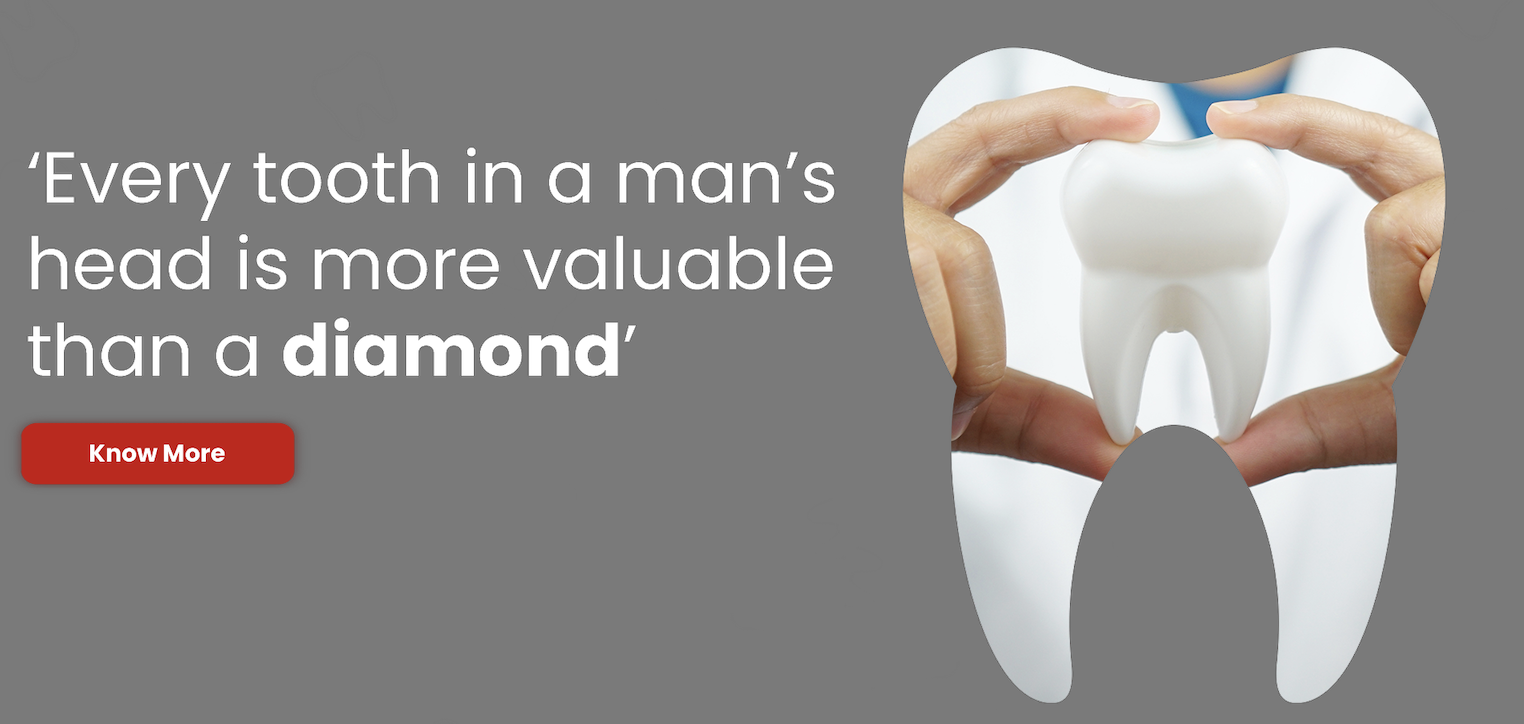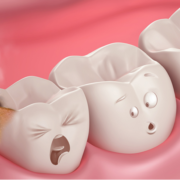Due to its nature and price, dental amalgam, a substance frequently used for fillings, has generated controversy. In this blog, we’ll go into what dental amalgam is, how important it is to dentistry, and why fillings with it are so common. We’ll also go over the several kinds of amalgam and their characteristics that are utilised for tooth fillings. Gaining knowledge about dental materials and amalgam price and composition is essential, regardless of whether you plan to get a filling or are just interested in learning more. Let’s get started and solve the straightforward and educational enigma of dental amalgam fillings for your oral health journey!
What is Dental Amalgam Filling?
A common dental material for filling cavities brought on by tooth decay is dental amalgam. It is a metal composition that is mainly made up of copper, mercury, tin, and silver. Because of the strength and durability that this combination produces, it is especially helpful for fillings in the back teeth, where chewing pressure is highest.

It is a combination of many metals rather than a single metal. Certain qualities in this mixture make it appropriate for dental fillings.
- Silver gives the amalgam its strength and resilience.
- Tin improves the workability and resistance to corrosion of the material.
- Copper strengthens and enhances corrosion resistance.
- Mercury serves as a binder, forming a cohesive mass by binding the other metals.
Procedure for Dental Amalgam Filling
To ensure the patient is comfortable throughout the process, the dentist numbs the area surrounding the tooth first. A dental drill is then used to extract the tooth’s decaying section. The dentist moulds the cavity to make the perfect space for the filling after the decay has been removed. To aid the filling material in adhering to the tooth, undercuts or grooves must be made.
A soft, malleable mass is produced by properly mixing the dental amalgam substance. Then, using specialised tools, it is delicately packed into the cavity that has been prepared. The amalgam is then packed tightly into the cavity by the dentist using tools known as condensers. This guarantees the filling is free of air pockets and cavities.
The dentist moulds the packed amalgam to mimic the tooth’s natural features. In order to get the appropriate shape and bite, this phase entails cutting and removing the extra material. The dentist shapes the filling, then polishes it to remove any sharp edges and give it a polished, natural-looking finish. Additionally, by taking this procedure, you can keep the filling from becoming stained or developing plaque.
Which Amalgam is used for Dental Filling?
Because dental amalgam is strong and long-lasting, it is frequently utilized for dental fillings. There are various varieties of dental amalgam available, and each has unique properties and composition. Let us examine the various varieties of dental amalgam and popular brands utilised for tooth fillings:
Conventional Amalgam Filling
Conventional amalgam fillings are the common silver-colored fillings that most people are aware of. They consist of a specific proportion of copper, tin, silver, and mercury. Because of their durability and hardness, they are commonly employed on back teeth, which are subjected to the greatest chewing forces.
High-Copper Amalgam Filling
Compared to normal fillings, high-copper amalgam fillings include a higher copper content. Their strength and corrosion resistance are improved by the increased copper content. Additionally, they are renowned for having better handling qualities, which make them simpler for dentists to work with when doing filling procedures.
Advantages and Disadvantages
| Advantages |
|---|
| Dental amalgam is renowned for its durability, which frequently lasts up to 15 years. |
| Amalgam fillings are perfect for back teeth because they can endure the stresses of chewing. |
| Generally speaking, they are less expensive than substitutes like composite resin fillings. |
| Amalgam is simple for dentists to work with, making implantation quick and uncomplicated. |
| Disadvantages |
|---|
| When compared to fillings that match the color of teeth, the silver hue of amalgam fillings is less attractive. |
| Temperature variations can cause amalgam to expand and compress, which, over time, could cause tooth fissures. |
| Although dental societies deem amalgam harmless, some patients have reservations regarding its mercury concentration. |
Dental Amalgam Price: Factors Affecting Cost
Material Costs
One of the main ingredients in dental amalgam is silver. Although the price of silver varies according to market conditions, it usually accounts for a sizeable amount of the total cost. Another necessary ingredient is tin, whose price varies according to market conditions. The amalgam’s strength is increased by copper, which raises the cost of the material. Mercury is an essential component, but because it is utilized in small amounts, each filling costs relatively little.
Comparison of Prices
The price of materials might differ between locations and vendors. Dentists may purchase their supplies from several vendors, which could affect the filling’s final cost. Dental offices that purchase supplies in bulk occasionally provide patients with marginally reduced costs. Depending on the size and complexity of the filling, the average cost of materials for a dental amalgam filling is between $20 and $50 per filling.
Geographic Location
Urban dental practices typically have greater overhead costs, such as rent, employee pay, and other charges. This may lead to increased costs for dental procedures, such as amalgam fillings. For instance, the price of a dental amalgam filling in a major metropolis like New York or Los Angeles might be anywhere from $150 to $400.
The price could be as low as $80 to $250 per filling in a small town or rural location. Prices for dental procedures are typically higher in higher-cost areas to offset the extra overhead of running a practice. A greater density of dental practices may result in more competitive pricing and lower average expenses.
Dentist’s Experience and Expertise
Dentists with years of expertise and a solid track record of accomplishments may be charged more for their services. Dentists that focus on particular treatments, including restorative or cosmetic dentistry, could charge more for their knowledge.
Dental amalgam filling costs may be taken into account, but it’s important to select a dentist based on qualifications and experience rather than just cost. Proper placement of the filling can maximize its longevity and minimize the need for subsequent repairs or replacements, all thanks to the expertise of a qualified dentist.
Insurance Coverage
Dental amalgam fillings are generally partially covered by dental insurance programs. Plans differ in terms of annual maximums and covered percentages. The patient is usually liable for the remaining amount of amalgam filling costs, which are typically between 50% and 80% covered by insurance programs.
Conclusion
We’ve explored dental amalgam in this extensive overview, going into its cost, uses, and description. We investigated amalgam types, their cost-effectiveness, and other cost-influencing aspects. Dental amalgam is evidently a dependable and economical filling material. It is advised that patients examine issues including longevity, insurance coverage, and preventive advantages while discussing their alternatives with a reputable dentist like Dr. Chirag Chamria. With this information at hand, choosing dental treatments wisely becomes more than simply a decision—it’s an empowered move toward better oral health and wellness.
All rights reserved by Royal Dental Implants Pvt Ltd. Issued in public interest






